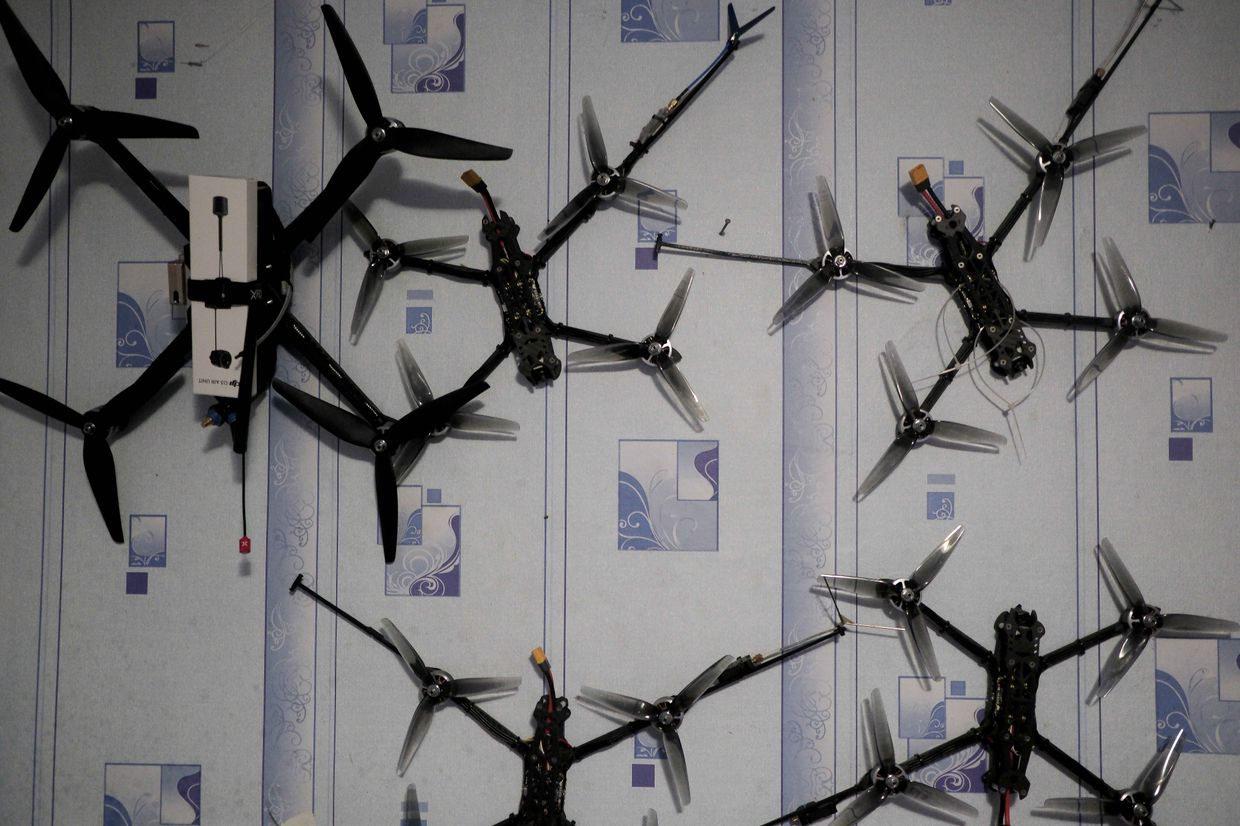**Trump’s Defense Budget Shifts Focus to Drones and Long-Range Missiles**
The US President Donald Trump’s proposed defense budget for 2026 has taken a significant turn, prioritizing drones and long-range missile systems over traditional air and naval platforms. According to Reuters, the $892.6 billion request maintains the overall funding level from last year but shifts spending towards innovation and high-tech systems.
**Emphasis on Drones and High-Tech Systems**
The proposed budget includes increased investment in small drones, which have proven their value on the battlefield during the conflict in Ukraine. This shift reflects a growing recognition of the importance of asymmetric warfare, where precision and technology play a crucial role. The budget also allocates funds for Joint Air to Surface Standoff Missile – Extended Range and Long Range Anti-Ship missiles for the US Air Force.
**Cutting Costs on Legacy Systems**
The proposal slashes procurement of key legacy systems, including only 47 F-35 fighter jets, down from the 68 planned by the Biden administration. The number of warships is also significantly reduced, with only three included in the main request. This move aims to free up resources for technology and modernization.
**Influenced by Ukraine’s Experience**
The proposal has been influenced by Ukraine’s experience during Russia’s full-scale invasion in 2022. Since then, Kyiv has expanded drone production across all domains – air, land, and sea – with plans to manufacture 30,000 long-range drones in 2025. Ukraine’s hybrid strike platforms, such as the Palianytsia and Peklo missile-drones, have drawn international attention for their range and versatility.
**Implications of the Shift**
The shift from traditional fleet expansion to a focus on drones and high-tech systems indicates a move towards asymmetric warfare with drones playing a crucial battlefield role. This change has significant implications for the US military’s approach to modern warfare, requiring a more precise and technologically advanced strategy.
Read More @ kyivindependent.com












